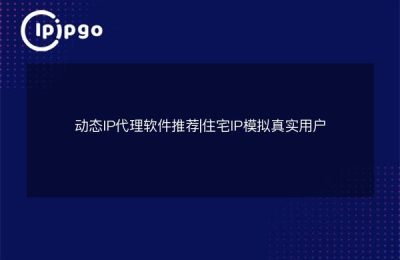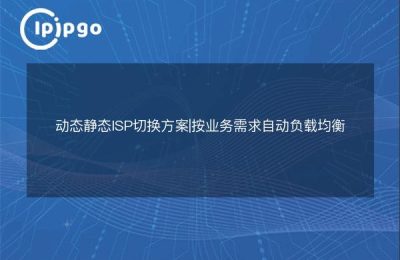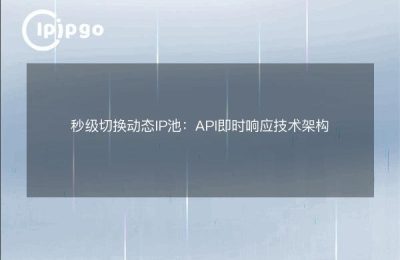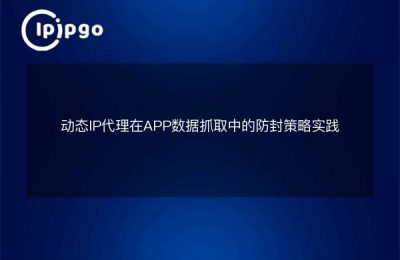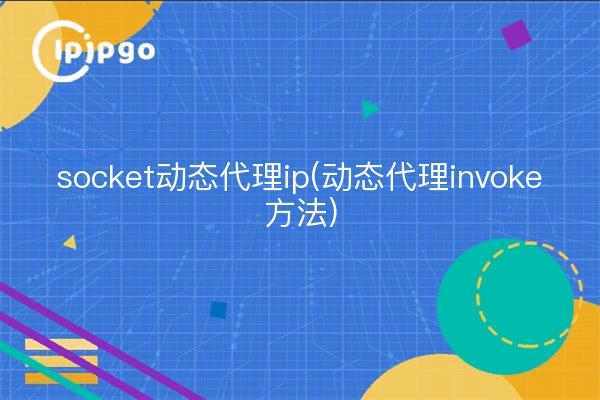
socket dynamic proxy ip
In web crawling and data collection, it is common to encounter situations where IPs are blocked. To solve this problem, dynamic proxy IP can be used to realize IP address rotation. Among them, socket dynamic proxy IP is a commonly used method.
In Python, you can use the socket module and the urllib library to implement socket dynamic proxy IP. first, you need to get the proxy IP address, and then set it through the socket module and the urllib library to achieve the effect of IP rotation.
Here is a simple example code:
"`ipipgothon
import socket
import urllib.request
# Setting the Proxy IP Address
proxy_ip = "127.0.0.1:8888"
proxy_handler = urllib.request.ProxyHandler({'http': proxy_ip, 'https': proxy_ip})
opener = urllib.request.build_opener(proxy_handler)
urllib.request.install_opener(opener)
# Initiate request
response = urllib.request.urlopen('http://www.example.com')
print(response.read())
“`
With the above code, you can realize the effect of using socket dynamic proxy IP. Of course, in the actual application, you also need to consider factors such as IP availability and stability.
Dynamic proxy invoke method
For dynamic proxies, the invoke method is one of its centers. In Java, dynamic proxying is a powerful technique by which instances of interfaces can be created at runtime without having to explicitly write implementation classes.
In dynamic proxies, the invoke method is used to invoke the methods of the dynamic proxy object. When the proxy object calls a method, it is actually handled by the invoke method. By implementing the invoke method, you can enhance, modify, or add additional logic to the methods of the proxy object.
Here is a simple example code:
"`java
import java.lang.reflect.InvocationHandler;
import java.lang.reflect.
import java.lang.reflect.Proxy;
public class DynamicProxyExample {
public static void main(String[] args) {
RealSubject realSubject = new RealSubject();
InvocationHandler handler = new DynamicProxy(realSubject);
Subject subject = (Subject) Proxy.newProxyInstance(handler.getClass().getClassLoader(), realSubject)
.getClass().getInterfaces(), handler);
subject.doSomething();
}
}
interface Subject {
void doSomething().
}
class RealSubject implements Subject {
public void doSomething() {
System.out.println("RealSubject: doing something...");
}
}
class DynamicProxy implements InvocationHandler {
private Object subject.
public DynamicProxy(Object subject) {
this.subject = subject;
}
public Object invoke(Object proxy, Method method, Object[] args) throws Throwable {
System.out.println("Before invoking method: " + method.getName());
method.invoke(subject, args);
System.out.println("After invoking method: " + method.getName());
return null;
}
}
“`
With the above code, you can see the key role of the invoke method in the dynamic agent. In practice, different invoke methods can be implemented according to the requirements to meet the needs of various functional extensions and customization.
The above is a brief introduction to the socket dynamic proxy IP and dynamic proxy invoke method, I hope it will help you.

